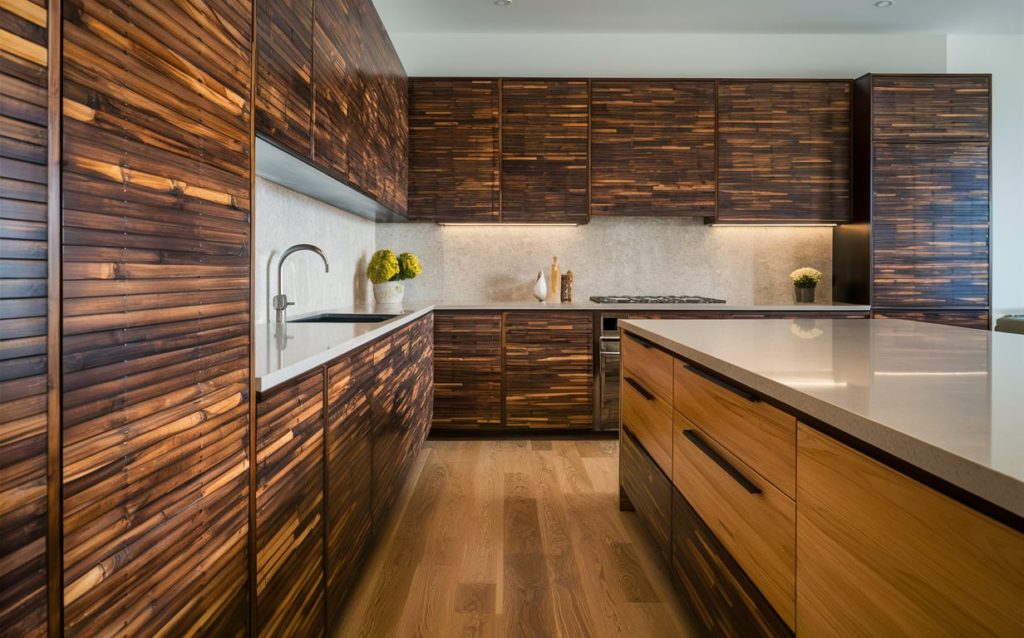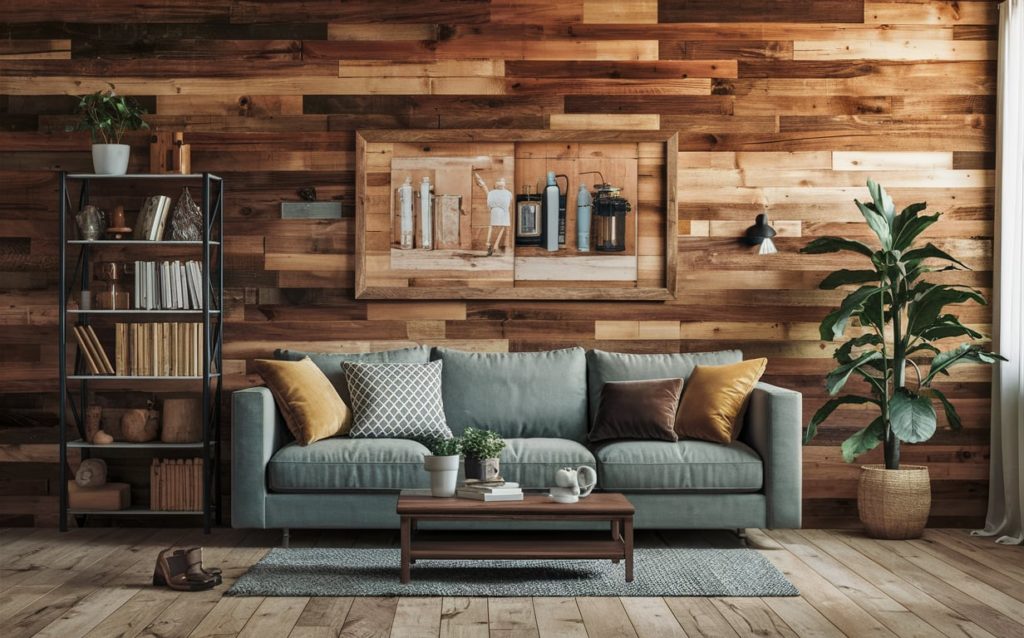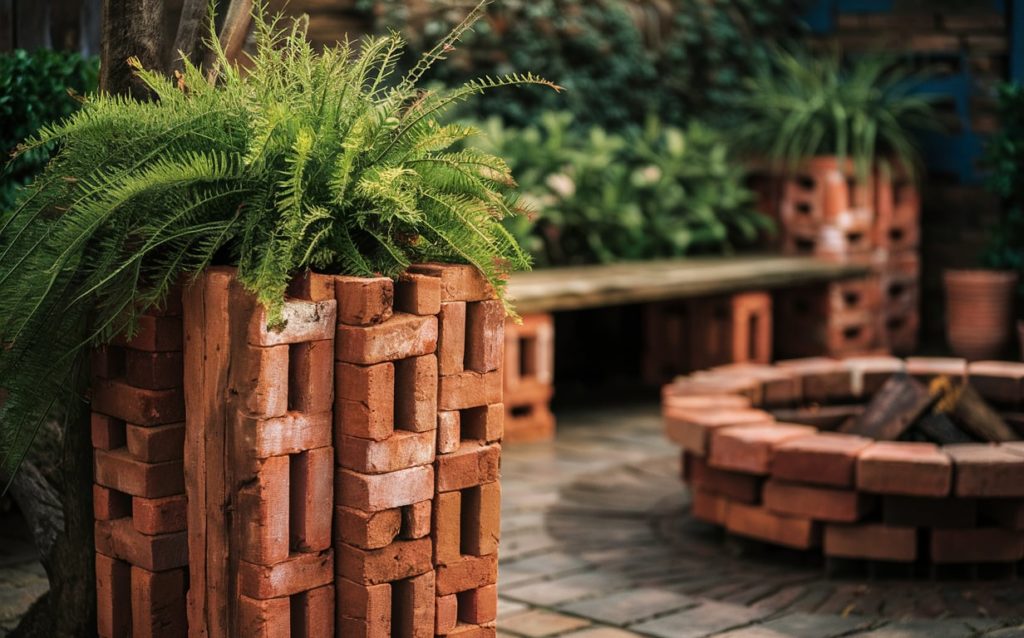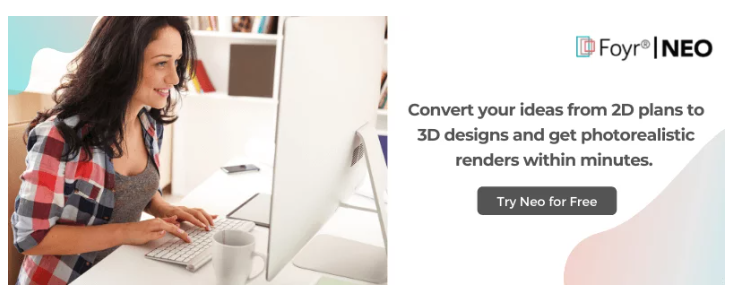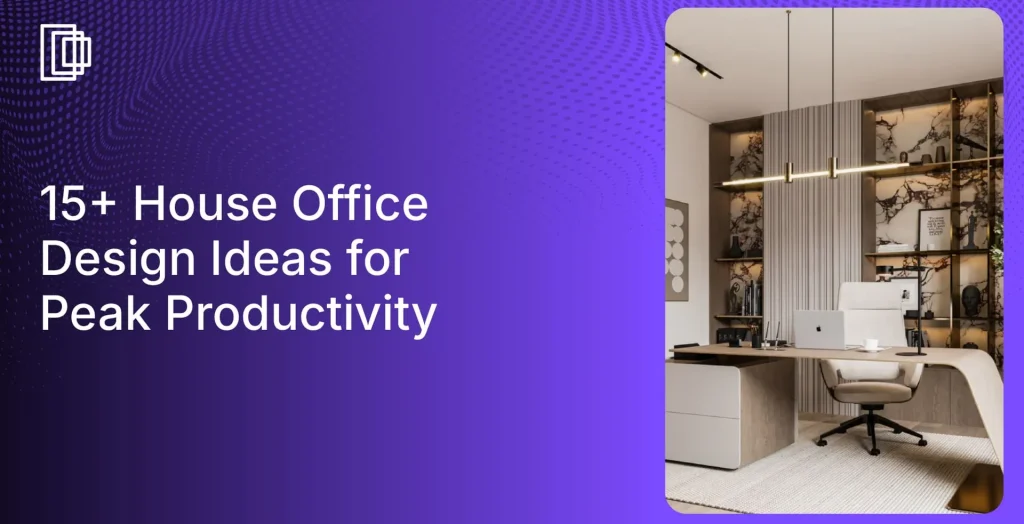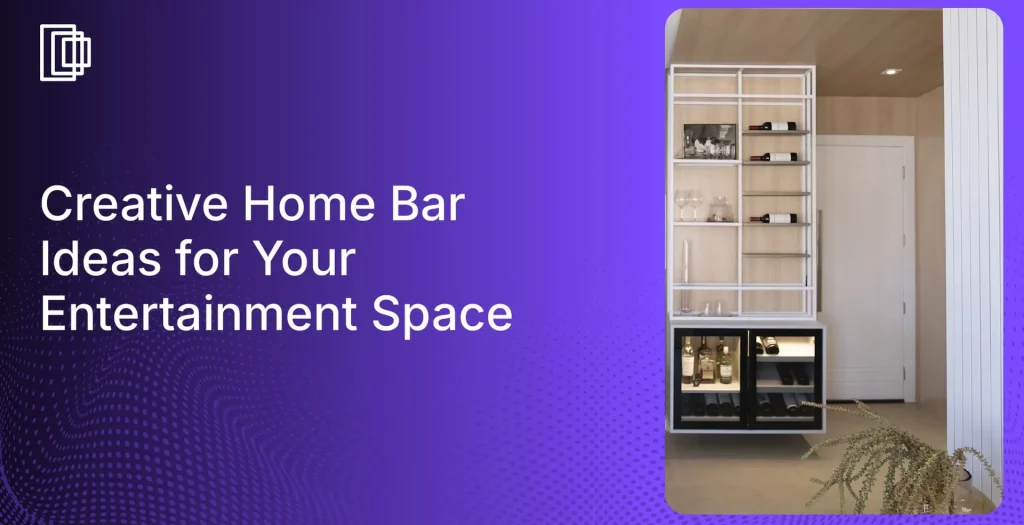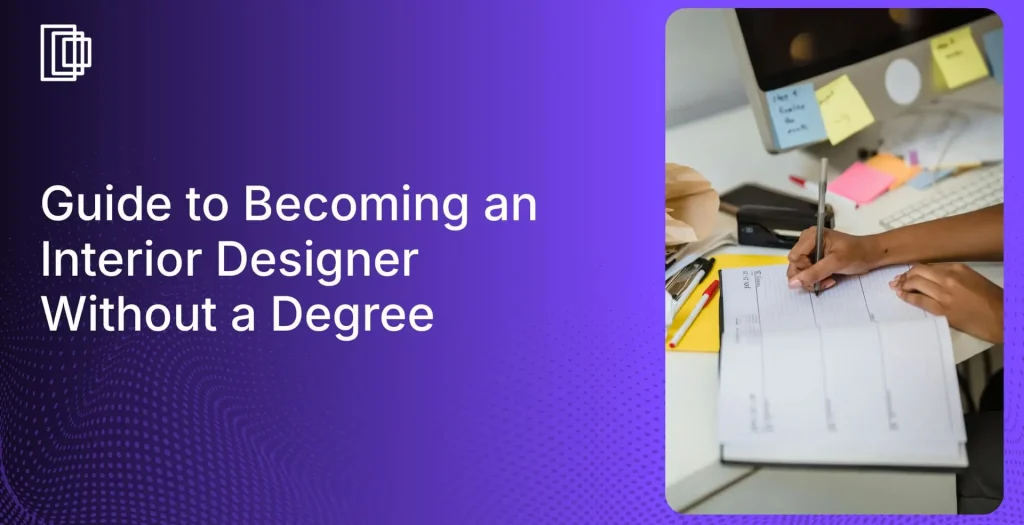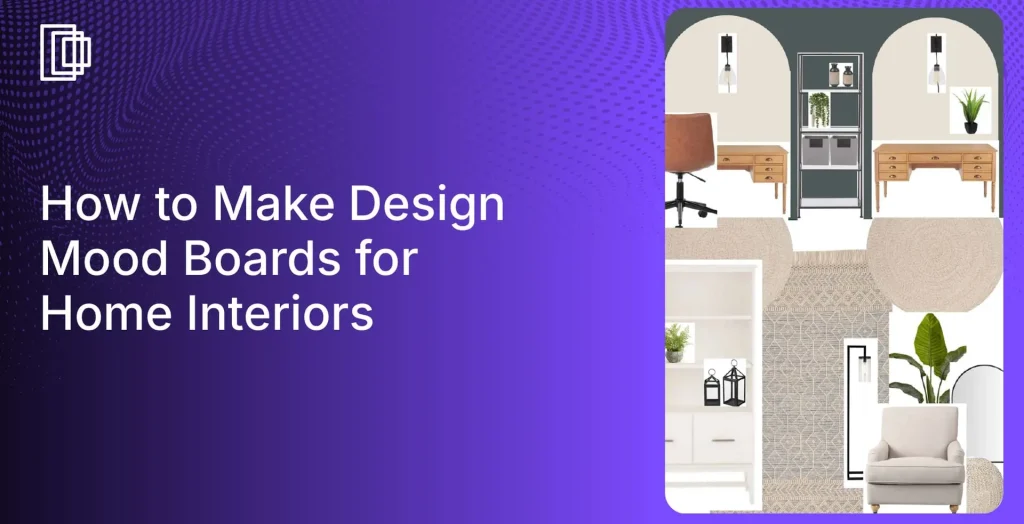Using underrated materials of 2025 in sustainable design is all the rage right now. Although there’s a misconception that using sustainable products for building and designing spaces is only for the affluent, you can certainly design completely sustainable homes for clients with any budget using the latest interior design innovations and home design software.
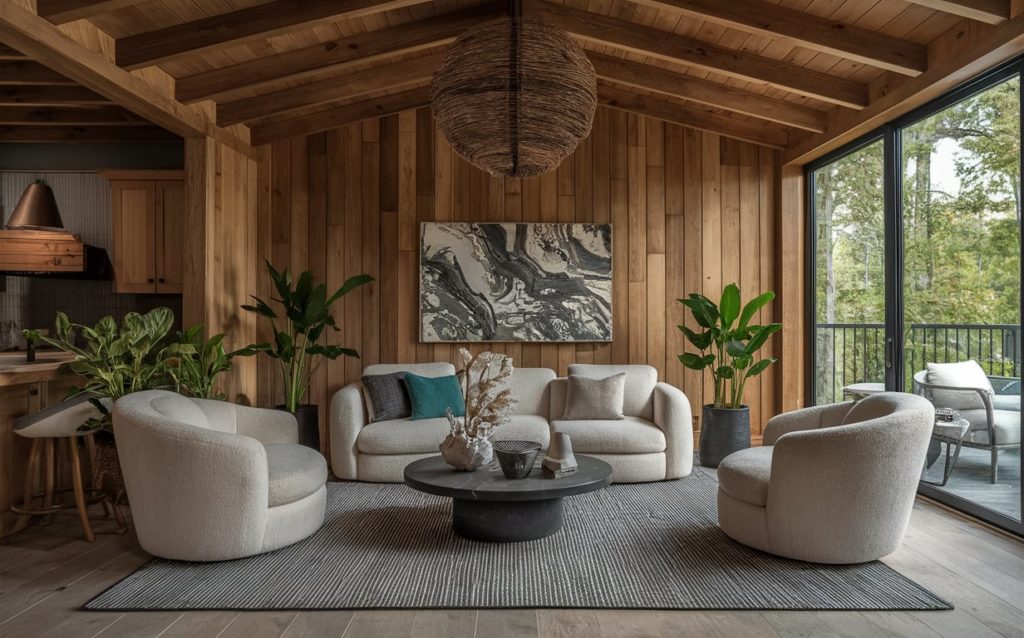
Read also – how to choose materials for interior design
The best part is, that these underrated design materials are completely sustainable. Although the initial investment may be high for some of these underrated materials, given the limited number of vendors and price points there are for them, they continue to rake in benefits for a long time, in terms of reduced power bills, improved wellness, energy efficiency, being part of a circular economy and so on.
Regardless of whether your client lives in a small space, or studio apartment in New York, or a lavish mansion in the French countryside, you can use these materials as part of home decor.
In this blog, you’ll discover the 5 most underrated and underutilized, unique interior design materials, for you to figure out which natural materials can be introduced to make your clients’ homes timeless yet with a touch of the latest interior design trends.
Best Underrated Design Materials of 2025
1. Cork
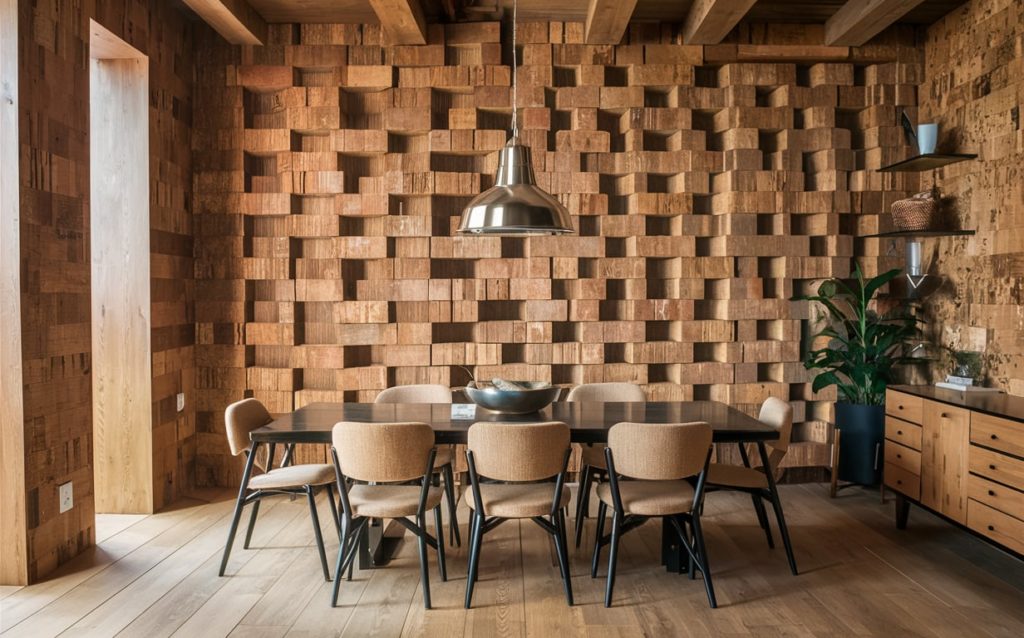
Cork was formerly only used as wine stoppers and bulletin boards, but thanks to fearless designers like you, the material has been experimented with in different settings and is now used extensively across different indoor and outdoor decor.
It’s lightweight, low-cost, and ensures sustainability, and one of the most versatile building materials in vogue right now. It’s eye-catching, has natural insulation properties, and can offer long-term protection from the elements.
| Julie Khuu, a Custom Residential Interior Designer in California, says, “Cork has a warm and natural appearance, and is comfortable underfoot. It has a unique grain pattern with speckles and a honeycomb-like cellular structure. It bounces back if it’s accidentally dented. Works well for non-slip surfaces like kitchens and bathrooms.” |
Cork is extremely sustainable because no trees need to be cut for cork to be harvested. Cork trees live up to 300 years, so there’s practically unlimited supply when used properly.
When it comes to home decor, you can use cork in the following ways:
- Interconnecting blocks to serve as bricks (blends in well with the environment)
- Roof tiles (easily assembled)
- External walls
- Accent walls
- Living room dividers
- Flooring
- Furniture (coffee table, dining table)
- Lampshades, and aesthetic decor
- Kitchen backsplashes
| Pros | Cons |
| ✅ Great acoustic dampening, so amazing to use in home theatres | ❌ Need to reseal every 2 years |
| ✅ Super easy to install | ❌ Prolonged water exposure can make the cork vulnerable to mold |
| ✅ Exudes a pleasant, earthy smell if used indoors | ❌ Needs regular cleaning |
| ✅ Can be paired with any design style |
2. Bamboo
| Dr Kristof Crolla, the Associate Dean at The University of Hong Kong and an expert in using bamboo for construction says, “There’s pressure from the society to replace bamboo with steel, or concrete, or brick housing. It’s not a contemporary material, and has been around in design for years.” |
Bamboo is the fastest-growing plant in the world, and you may be surprised to know it equals the tensile strength of steel and the compressive strength of brick and concrete. Even in a storm, bamboo only bends but doesn’t break. It works well with other material systems as well, making it an excellent choice for kitchen design software integrations.
Bamboo can be used in home decor in the following ways:
- Kitchen cabinets
- Flooring
- Furniture
- Cutting boards
- Garden shades
- Dining room dividers
| Pros | Cons |
| ✅ Helps in reforestation | ❌ Every piece of bamboo has a different dimension, so may not work as a building material |
| ✅Helps reduce carbon emission, and absorbs carbon in the atmosphere | ❌ Problems can arise when it comes to grading the material |
| ✅ Super high bendability | ❌ Difficulty using conventional joinery with bamboo |
| ✅ Great shock absorber | ❌ May not absorb water as much |
3. Reclaimed Wood
Reclaimed wood is old, pre-used wood that has been weathered, and has beautiful colors – earthy and pastel (if painted), and grains with an extraordinarily rich patina. You can source reclaimed wood from a local shop if you want to reduce acquisition costs.
You contribute to reducing deforestation by choosing reclaimed wood. It has the same, and sometimes even better aesthetics than freshly sourced hardwood, but for a tenth of the cost.
It helps keep wood out of landfills and is put to good use. It can quickly be customized – cut, stained, and finished to fit specific home design requirements using a floor plan creator. Reclaimed wood adds character to your home, piques visual interest, and looks antique. When compared to newly sourced wood, reclaimed wood emits fewer toxins, even if it off-gasses.
Reclaimed wood can be used in home decor in the following ways:
- Flooring
- Accent walls
- Coffee tables
- Kitchen islands
- Custom bedroom furniture – bedside tables, chest of drawers
- Dining table top
- Outdoor furniture – daybed, ottomans
- Old wooden coffee table with a glass top
| Pros | Cons |
| ✅ Needs less energy to process | ❌ Water, heat, and humidity intolerance |
| ✅Easy to install and customize | ❌ Can be difficult to source in large quantities |
| ✅Denser and more durable in nature | ❌ Preparation time is long, to prevent safety issues |
| ✅ Improves home’s resale value | ❌ Needs constant maintenance |
4. Mycelium
Mycelium is the root of mushrooms. It’s delicate, but very durable. Works as an excellent alternative to plastic. Given that the annual production of plastics has crossed over 300 Million tonnes of which less than 10% is recycled.
Mycelium is a great way to reduce plastic damage to the environment while ensuring the same functionality. It’s usually mixed with wood chips, oak hulls, cotton burrs, and hemp hurds to improve their strength. Insulation panels made from mycelium outperform traditional insulation in terms of thermal capacity, fire resistance, and acoustic performance.
| Belinda Carr, Construction Media Personality, and Construction Communicator says, “Mycelium is an excellent product of a sustainable, circular economy. It can protect fragile materials very well. It’s hydrophobic by nature – water rolls off, and doesn’t penetrate.” |
Mycelium can be used as part of home decor in the following ways:
- Mushroom bricks
- Wall panels
- Seating
- Insulation panel
- Planters
- Bricks
- Tiles
| Pros | Cons |
| ✅ High resistance to fire and water | ❌ May not be extremely durable |
| ✅ Great acoustic performance | ❌ Prolonged exposure to water can result in mold formation |
| ✅ 100% compostable, non-toxic | ❌ May not be very strong |
5. Leftover Bricks
Used bricks are super-strong, and have high longevity. They can withstand extensive wear and tear and can absorb, store, and release heat. They come in a variety of colors and can be customized too. They reduce noise transmission and improve sound insulation. They are also naturally fire-resistant.
Leftover bricks can be used in home decor in the following ways:
- Planters (makes for a great DIY hack)
- Garden benches
- Fire pit in the backyard
- Brick waterfall
- Steeping stone pathway for backyard flooring
- Custom brick display with engraving or stencils
| Pros | Cons |
| ✅Totally recyclable | ❌ Heavy, so difficult to move around during installation |
| ✅Have a rustic charm | ❌ Matching bricks can be difficult to find |
| ✅ Affordable yet gives a high-end look | ❌ Absorbs moisture too much |
| ✅Easy to maintain |
How to Design a Home With Underrated Materials Using Foyr Neo?
Depending on what emerging home decor materials you’re eyeing, and the practical usage of the furniture or home decor item, your entire design concept will need to be altered. Sustainable materials need to be tested for their durability, tensile strength, heat and water resistance, scratch resistance, etc before they can be designed or modeled into furniture.
Even if all these properties are present in the materials you choose, they need to be of supreme quality, look aesthetically pleasing, and match the current decor trends. Given their quality, and difficulty sourcing in bulk, there’s a phenomenal cost involved, which can severely impact the homeowner’s budget.
You can test these properties of the materials by getting samples and testing them in your design studio, and also by introducing them into the design, testing with all possible natural and artificial lighting, placement, traffic flow, design style (minimalism, maximalism, Japanese styles, or others) to see if the material works, to get the best material designed into the apt decor for your client’s dream home, with the help of the best interior design tool like Foyr Neo.
How do you know which decor items will work in the space and which won’t? You figure it out by visualizing the space with their favorite products and ruling out the ones that don’t fit in.
Here’s what you can do:
Step 1: Sign up for Foyr Neo’s 14-day trial.
Step 2: Go on to the Neo mood board and curate everything you’d love to have in your client’s home.
Step 3: Create the floor plan of the space on Neo.
Step 4: Choose from 60,000+ 3D decor materials and simply drag and drop them into the modern interiors.
Step 5: Get any material, or textile in any color scheme, texture, shape, or pattern and truly customize the space.
Step 6: View the makeover in 2D and 3D, from all possible angles and lighting conditions.
Step 7: Render your design in a few minutes and witness the home in all its glory, and also, in a 360-degree video house tour.
That’s all it takes! With 24/7 support and live chat, we’re here to help you if you ever get stuck anywhere. You can find step-by-step tutorials on how to design on Neo all over the internet, so you’re never truly alone when you design using Neo.
What are you waiting for? Start curating your mood board for your client’s dream home, sign up for Foyr Neo’s 14-day free trial today.
FAQs
Bamboo is being utilized in innovative ways such as in engineered bamboo flooring, composite materials for furniture, wall panels, and even textiles. Its rapid growth rate, strength, and versatility make it a top choice for sustainable and stylish interior design solutions. Bamboo’s aesthetic flexibility allows it to blend seamlessly into various design styles.
Seaweed-based materials are sustainable, biodegradable, and non-toxic. They can be used in textiles, wall coverings, and insulation. Seaweed is a rapidly renewable resource, and its use helps reduce reliance on synthetic materials while contributing to healthier indoor air quality.
Recycled metal is durable, versatile, and environmentally friendly. It can be used for furniture, fixtures, and architectural elements. Using recycled metal reduces the demand for new metal production, thereby conserving natural resources and minimizing carbon footprints.
Mycelium can be used to create lightweight, biodegradable, and durable furniture, insulation panels, and decorative elements. It is innovative due to its sustainability, low environmental impact, and unique ability to grow into complex shapes, reducing waste and promoting eco-friendly design practices.


